Beyond Racial Division: A Unifying Alternative to Colorblindness and Antiracism
Yancey, George. Beyond Racial Division: A Unifying Alternative to Colorblindness and Antiracism. Downers Grove, IL; InterVarsity Press, 2022. Pp 249. $18.00.
George Yancey is a thoughtful scholar at Baylor University with a joint appointment in Sociology and the Institute of Religious Studies. Professor Yancey has a doctorate in Sociology from the University of Texas at Austin and has spent much of his academic career conducting research on anti-Christian attitudes in the United States and writing about means to combat racial division. Yancey’s most recent book, Beyond Racial Division: A Unifying Alternative to Colorblindness and Antiracism (recipient of the 2023 Christianity Today Book Award in Politics and Public Life), offers an alternative approach to racial relations. This book continues to develop a mutual responsibility model of race relations, building upon his previous work in Beyond Racial Gridlock: Embracing Mutual Responsibility (2006) and Transcending Racial Barriers: Toward a Mutual Obligations Approach (2010, with Michael O. Emerson). He admits that his theological beliefs inspired his original consideration of the mutual accountability model and includes a theological argument for the concept in Beyond Racial Division. However, the issues presented in this book are intended for both Christian and non-Christian audiences.
Yancey argues that the traditional methods for pursuing racial relations (summarized as two competing ideologies, colorblindness and antiracism) have been ineffective and are unlikely to advance racial healing. Yancey charitably identifies the appropriate value of both ideologies but also describes their limitations. Colorblindness, which emphasizes that individual efforts should determine how people are rewarded or punished, ignores the reality of institutional discrimination which has impacted people of color. In the book, Yancey identifies several specific examples of institutional discrimination, yet he understands “that whites can become frustrated during conversations about institutional discrimination since this form of racism does not necessarily result from anyone’s personal bias against other races (75).” He asserts, however, that colorblindness does not describe our social condition and that it creates frustrations for people of color because it does not fit with their current reality.
Yancey spends a chapter answering the question “Why Antiracism Fails.” Antiracism is defined by Yancey as “a strong, active commitment to remove multifaceted and systematic manifestations of fascism with an emphasis on whites supporting the activism of people of color (88)”. He critiques a common technique of antiracism, diversity training, and questions the usefulness of such training in promoting antiracism values: “One would think our education system, which has become more focused on teaching diversity and acceptance, would produce individuals who act less racist. But evidence shows this is not true” (91).
Antiracism techniques emphasize racial concerns in such a way that they alienate those who are perhaps most needed in the healing process for the racialized society that Yancey describes. Yancey’s persistent argument is that we need a new path to produce better outcomes in our ongoing racial conflict. In previous works, Yancey spoke of mutual obligation or mutual responsibility but now prefers the phrase mutual accountability. The essence of the mutual accountability model is to motivate individuals to have healthy interracial communications to bring about change through moral suasion. Yancey’s research has shown that “interracial contact, done correctly, is vital for producing positive racial change in our society (109).” We need to develop connections so that we no longer think of “us” versus “them” and start thinking of all of us as “us” (110).
Key to the mutual accountability model is teaching individuals how to engage in active listening and how to accurately communicate their perspectives to others. Yancey refers to these active listening experiences as collaborative communication. “Collaborative conversations”, says Yancey, “are about looking toward the needs of others and, at times, putting them before our own needs (147).” Yancey desires collaborative conversations to become a social movement that can manifest real change. To that end, he has established a Facebook group called “Collaborative Conversations and Race” and has launched the Baylor Program for Collaborative Conversations and Race (ccr.baylorisr.org). The purpose of the Baylor Program is “the investigation and promotion of the use of collaborative conversations in dealing with racial conflict. Fundamentally, we intend on promoting collaborative conversations as an alternative to the philosophies of colorblindness and antiracism.”
The book concludes with a generous number of references for those that desire more data and research (205–15). Yancey has built his case for why a new approach to racial relations is necessary, providing compelling evidence, both empirical and theological, for the mutual accountability process. He states, “we need unity before we can get justice (104).” While Yancey gives us an accessible introduction to this process, the mutual accountability approach will require personal investment and long-term commitment to develop the unity required for justice. Beyond Racial Division is a useful resource to help all of us develop a model which, done rightly, may begin to restore the relationships needed to erase the division in our racialized society. At least, we can hope and pray for that outcome.
Melinda Stephens
Provost, Professor of Chemistry | Geneva College

